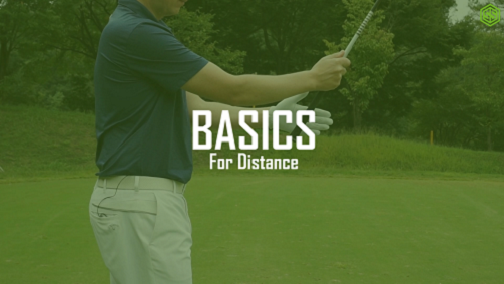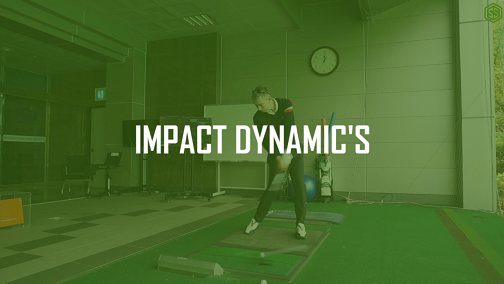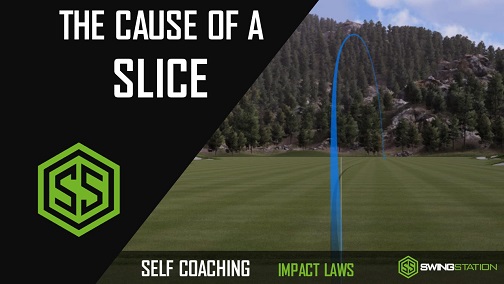What is Flat Shoulder Plane?
Left shoulder high in the backswing
Flat Shoulder Plane or turn describes the angle of the shoulders as the golfer turns to the top of the backswing. When the golfer addresses the ball, the spine is tilted due to the forward bend of the hips to allow you to get into the correct setup position. The ideal swing requires the shoulders to move perpendicular to the tilt of the spine on the backswing. A flat shoulder plane is when the shoulders turn on a more horizontal plane than the axis of the original spine angle. This causes the club to be out of position on the backswing and changes the original spine angle on the downswing, reducing efficiency of the motion. As a result, the golfer usually compensates on the downswing with the body or hands to square the club face. This can also cause a loss of power in the swing as well as cause inconsistent ball striking.
What TPI have to say about Flat Shoulder Plane:
In order to not flatten your shoulder plane during the golf swing, several physical characteristics must be developed. First and foremost, the ability to separate your upper body from your lower body allows your shoulders to rotate around your spine without altering your original posture. Limited trunk to pelvis separation is usually caused by reduced spinal mobility and shortened lat flexibility. This separation is best evaluated using the Seated Trunk Rotation Test, the Reach, Roll, and Lift Test, and the Lat (Shoulder Flexion) Test. Next, the ability to stabilize your spine angle during the swing is directly proportional to the strength and stability of your core musculature (your abs and glutes). When it comes to spinal stabilization, the core is the king. These muscles help keep your trunk forward flexed throughout your golf swing. Core strength is best evaluated using the Pelvic Tilt Test, and the Bridge w/ Leg Extension Test. Finally, in order to rotate around a stable posture, one must have good flexibility in your hips and shoulders. This allows you to get the club into key positions without altering your spine angle. The overall flexibility of your hips and shoulders are best evaluated using the 90/90 Test, the Lat (Shoulder Flexion) Test, and the Lower Quarter Rotation Test.
If you suffer from Flat Shoulder Plane, focus on articles and tips based on:
Pivot (Hip to Shoulder Separation)
Posture
Keeping posture angles
For a page dedicated to Flat Shoulder Plane with Fixes & Drills visit: https://swingstation.com/flat-shoulder-plane/
Transcript
The flat shoulder plane swing fault. What should happen in your back swing is that your shoulder should be turning perpendicular to your spine. A good way to test this is if you were to draw a line on your club shaft at address, at the top of your back swing the line between the top of your right shoulder and the top of your left shoulder should be very similar to what the line of your club shaft was at address.
Flat shoulder plane will occur when the line between your right shoulder and your left shoulder will be a lot flatter than the club shaft line at address. This will very commonly put the arms out of position, resulting in the upper body or the hands and arms having to compensate to hit a good shot.
So again, flat shoulder plane is when your shoulders are not turning perpendicular to your spine. Your left shoulder will look very high, your right side will look low.




